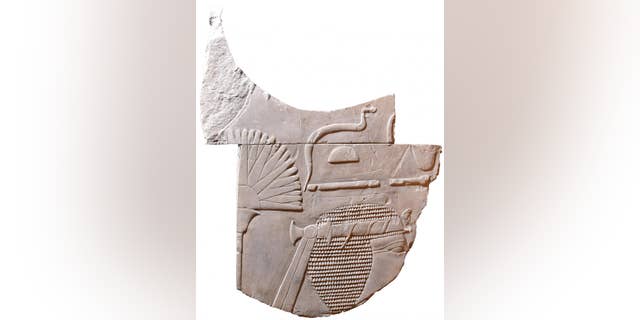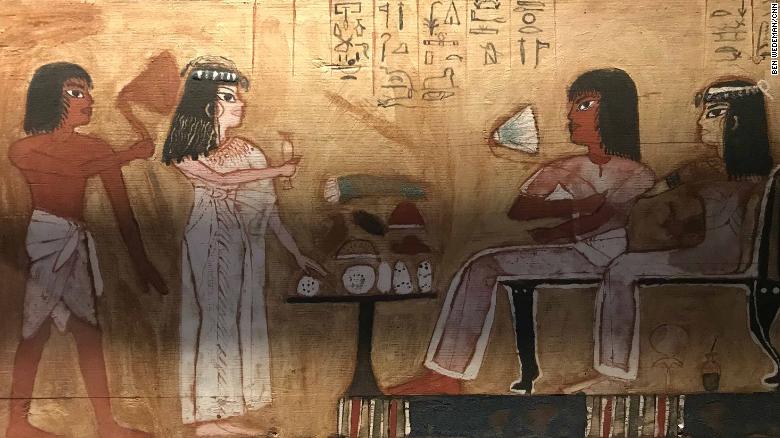From The Washington Post:
After visa woes, a 9-year-old chess prodigy may have won his fight to stay in Britain
Siobhan O'Grady, August 11, 2018
Last year, Shreyas Royal became the world’s youngest chess “candidate master.” Worldwide, he’s ranked fourth for his age group, and English Chess Federation officials
have called him “the greatest British chess prospect in a generation.”
He only started playing chess a few years ago, but Royal is now considered a prodigy.
Oh, and he’s 9-years-old.
The chess champion has grabbed international attention in recent months as his family struggled to find a way to keep him in the United Kingdom to continue playing chess. He was born in India, and moved to London with his parents when he was 3. His father’s computer services job has sponsored their visas since then, but his work visa is set to expire in September.
Then, this week, following an intervention from a number of lawmakers, British Home Secretary Sajid Javid said he made a personal decision to help keep the family in the U.K. His reasoning: Royal’s chess skills.
Jitendra Singh, Royal’s father,
told the BBC that the family “started jumping on the sofa” after he received the news from the Home Office via email on Friday that he could apply to renew his visa.
Before Javid stepped in, Singh’s five-year work visa could only be renewed if his salary was increased to more than 120,000 British pounds per year, prompting the family to prepare to return to India.
The New York Times reported that just a day before Javid’s decision was announced, a spokesman for the Home Office said “there is no route within the immigration rules which would allow the family to remain in the U.K.”
In early August, the Home Office sent Royal’s family a letter saying that despite the 9-year-old’s “immense promise,” he couldn’t necessarily stay in the U.K.,
the Guardian reported.
But despite the challenges, there were many advocates pushing to keep the child in Britain.
Lawmakers Rachel Reeves and Matthew Pennycook took up Royal’s case, penning a letter to Javid earlier this month. “Nine years old, he spends his spare time traveling around the country and the world to play in chess tournaments and regularly beats competitors a decade older than he is,” the pair wrote. After explaining his father’s visa situation, they wrote that if Royal “is forced to leave the U.K. and return to India, the country will lose an exceptional talent.”
Royal belongs to the Battersea Chess Club, which released a statement on Friday saying that “in ten years' time we hope he’ll be a household name as England’s first world champion.”
**************************
Surely the United Kingdom has an exception in its immigration regulations to allow for the immigration of people with special skills and talents. In Shreyas Royal's case, his talent is indisputable. But if for some reason things don't work out in England, maybe Rex Sinquefield can use his billionaire influence to convince the current administration to allow Royal and his family to come to the United States, despite the fact that they aren't from Norway. We need chess talent (Royal) and computer experts (his father) here, too.












































